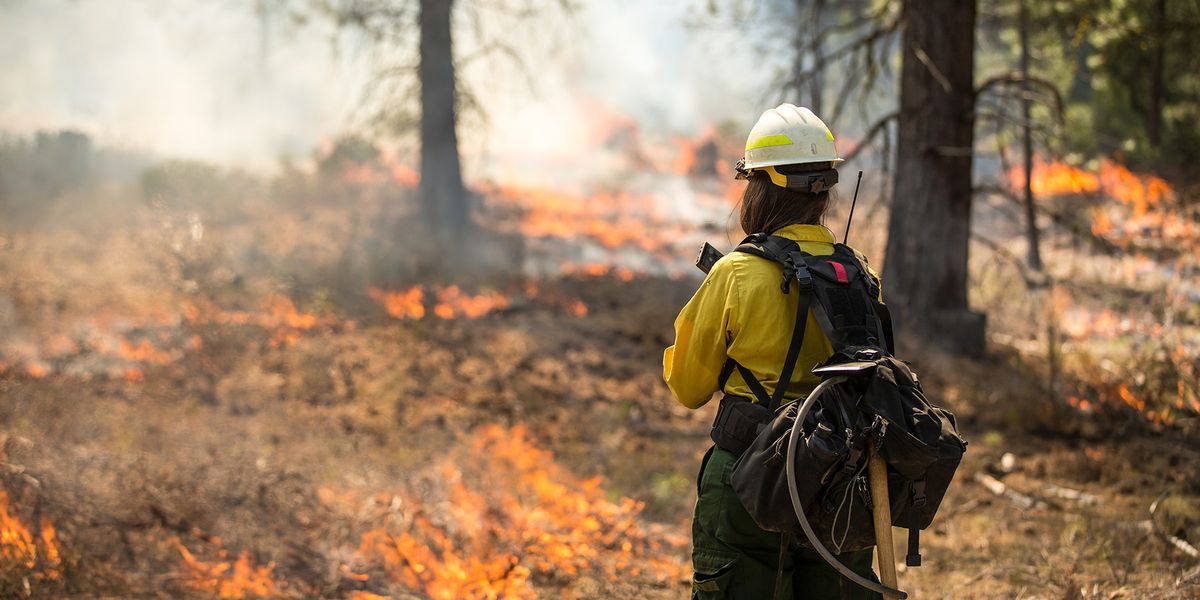
New Research on Inhalation Exposures for Wildland Firefighters
Posted: Sept. 28, 2023
- 1 min read
- Find similar articles:
- Health and Safety
- Wildfire and WUI
New research about the hazards of wildland firefighting, based on inhalation exposures of 1 crew during a 3-day wildfire incident, has been released as part of the National Institute for Occupational Safety and Health (NIOSH) 2-year Wildland Firefighter Exposure and Health Effects study, conducted in partnership with the U.S. Forest Service and U.S. Department of the Interior.
Why is this important?
For wildland firefighters, exposure to smoke and other inhalation hazards has been associated with health effects, such as declines in lung function, increases in inflammation, and possibly lung cancer and cardiovascular disease.
What was learned?
The research concluded that there is a need to develop interventions that reduce inhalation exposures.
Because the sample size for this assessment was small, findings cannot be generalized to all wildland firefighters. However, the assessment was informative because repeated measurements were taken while the firefighters performed a variety of tasks, including fire-line preparation, fuel break creation and mop-up operations. The samples taken during these activities provided insights into the specific activities that contributed to firefighters’ exposures.
Where can I get more information?
To learn more about this assessment, visit the NIOSH webpage, which will be updated as additional findings are published.
